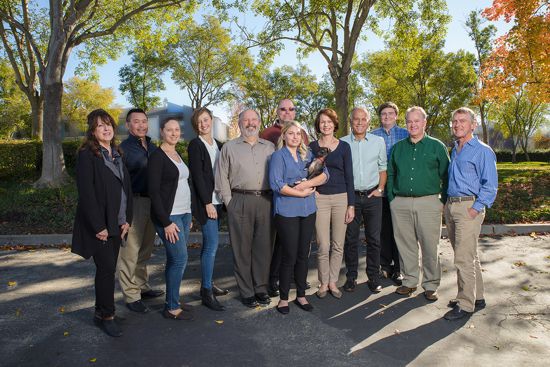SafeTraces Makes Food Chain Safer
SafeTraces Makes Food Chain Safer

In 2011, the United States experienced the largest outbreak of listeria in its history. Eventually 180 cases of illness, including 33 deaths across 28 states, were linked to tainted melons grown in Colorado. The outbreak began at the end of August 2011; it was not until October that the Centers for Disease Control were able to identify the source of the outbreak.
At the time, Anthony Zografos, Ph.D., wondered why finding the source of the outbreak took so long. In 2013, the technology pioneer founded SafeTraces to solve that issue with technology that verifies food sources and food purity in minutes. SafeTraces works to make food safer, help food manufacturers keep their commitments to consumers, and help consumers make smart decisions about their food purchases.
"Our most important product is our source-assurance solution," says Zografos, SafeTraces CEO. "Despite technological advancements, it is still very difficult to know the origin of the food we consume. This is important not only to those who want to make specific choices regarding organic, non-GMO, sustainable, or other production methods, but to everyone-particularly in cases of foodborne illness outbreaks. Recently over 100 people got sick from consuming romaine lettuce and still, months later, we don't know the origin of the product.
"The reason for that is that the origin information is printed on the case packaging and the case packaging is generally discarded at the retailer, before the product is even sold. Very frequently by the time food reaches the consumer, the source information has already been lost. Our traceability solution uses seaweed DNA to create invisible barcodes which are FDA approved and apply the source information directly on the food. Every single grape or apple, every single grain or drop of liquid, can be analyzed in minutes, and its source can be positively identified."
SafeTraces has taken DNA technology and moved it to farms and packing houses and food processing facilities, according to Zografos. "We have harnessed the power of DNA and put it to use improving food safety, increasing transparency, and reducing waste in the food supply chain."
While many SafeTraces customers come from the food and agriculture sectors, its technology can be used on a variety of products. The company's largest project to date involved helping the Turkish government control the distribution of ammonium nitrate, a common fertilizer that is sometimes problematic. "Ammonium Nitrate is the most commonly used improvised explosive in the world," says Zografos. "We offered a solution that allows them to trace every single bag of ammonium nitrate and helps them prevent its use for nefarious purposes."
SafeTraces has supported a woman's shelter in Livermore and expects to become more involved in local charities as it grows. Nearly 20 employees currently work at its Hacienda headquarters, which the company moved to in March 2016. "We were looking for a reasonably priced space that was close to public transportation," notes Zografos. "Since we are a biotech company, Pleasanton's biotech ecosystem was a good match for us. It gave us access to an excellent talent pool, and it was in close proximity to recreation areas, restaurants, retail, etc."
Zografos has maintained the enthusiasm behind the creation of SafeTraces and its technology. "Every day we meet amazing people working in great companies using cutting edge technologies to provide abundant, safe, and healthy food," he says. "The fact that we pay less than one dollar for a pound of apples is nothing short of a miracle. We hope to be a company that makes the food industry a little more efficient, a little more transparent, and a little safer and help consumers be a little healthier and a little happier!"
For more information about SafeTraces, please visit www.safetraces.com.




